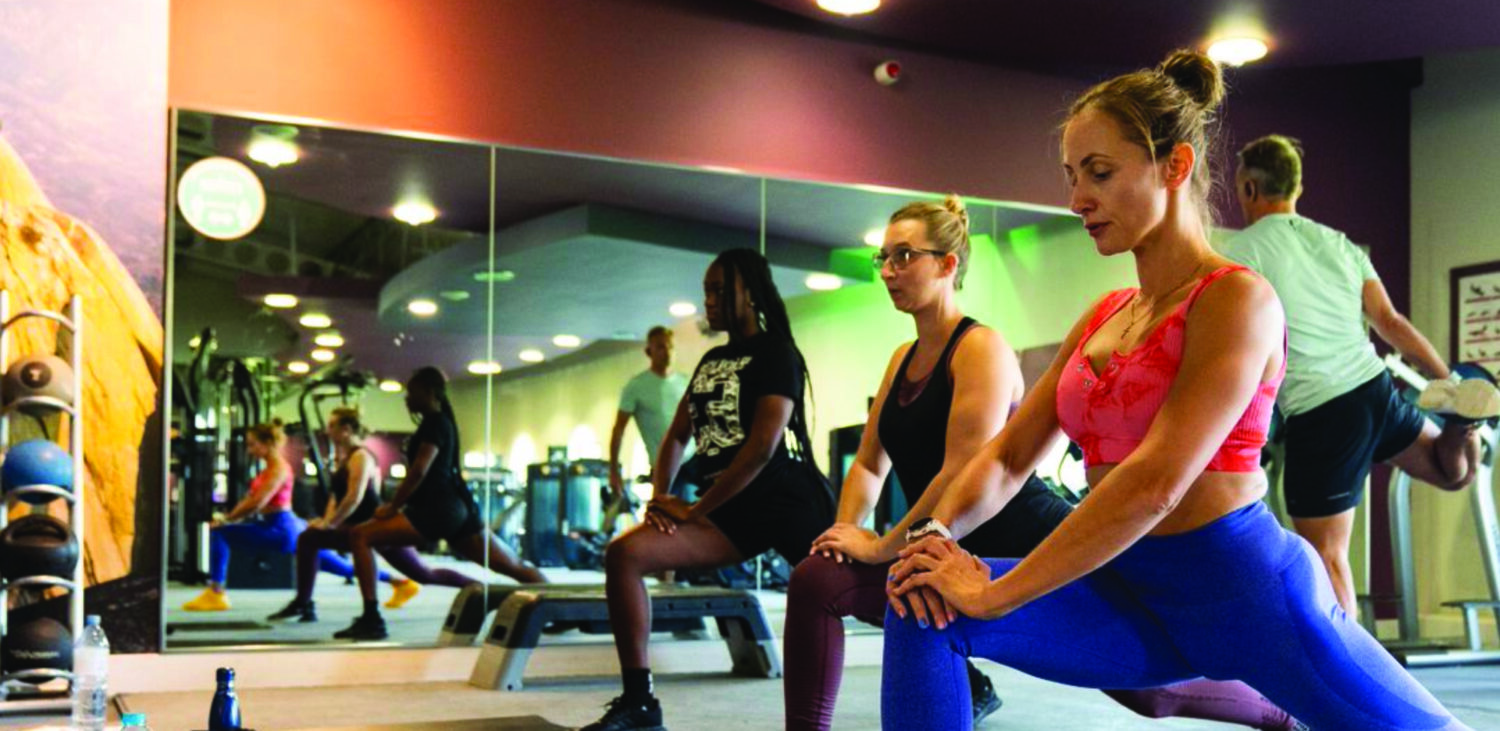



OK so this is probably the most click-baity title we’ve ever written, but if you’re reading this it worked…
One of the key parts of our course is a 12 week case study conducted with a real client, and a practical assessment where we observe you taking them through a training session.
To get away without doing all the work needed for this, and fool your assessor into believing you have been working with your client, you first of all need a fake portfolio.
So let’s see what’s needed….
1. Forge a PARQ and Informed Consent form.
2. Make up a convincing client profile, comprising a full exercise history, lifestyle overview and barrier identification with carefully-planned strategies to overcome them for. Go through this with a fine-toothed comb to ensure there’s no inconsistencies which your assessor will flag (a quick heads up – they’ve seen hundreds of portfolios so know what they’re looking for).
3. Complete a comprehensive fitness assessment record with plausible results and figures that tally with the client profile.
4. Use the above information to come up with some SMART goals (the ‘realistic’ part will be the trickiest bit seeing as you’re not basing them on any real information).
5. Then create a progressive 12 week training programme using recognised exercise guidelines and credible sources of information.
6. Make sure your exercise selections and all your variables – intensities, duration, reps, sets, loads, rest times, etc – are consistent with your fictional client’s fitness assessment results, capabilities, goals and preferences (which of course you’ve outlined in their profile).
7. You’ll need to calculate target heart rates for the cardiovascular component using the credible resting heart rate figure you’ve made up.
8. Complete four weeks-worth of programme cards, filling in the details as authentically as possible (remember flawlessly linear progress is unlikely as this is a real world situation – your assessor would query that).
9. Fill in a fitness re-assessment record with believable results your ‘client’ could have achieved in four weeks. This is pretty difficult if you don’t know what’s realistic but with a bit of luck you’ll come up with figures that your assessor won’t question. Double check these are consistent with your original SMART goals.
10. Now write another 4 week’s worth of programme cards, showing how you’ve adapted the prescription following the re-assessment result.
11. Pre-plan a final phase of training but don’t make the mistake of filling in the ‘actual’ target heart rates, reps and loads – remember if you were doing this for real you wouldn’t have got to this stage yet.
And that’s it, got all of that?

You are now going to be observed taking a real person through a training session – in theory this is the client you have been working with for six weeks so you need to find someone who can pretend they’ve done a few weeks-worth of exercise, and are able to do the planned workout from your made up programme as if they’re familiar with it.
This person therefore needs to look like they know what they’re doing, and not find it far too easy or way too challenging, as supposedly you’ve been coaching them to improve their technique for 6 weeks and have been making sure the workouts are at the right level.
Common giveaways for your assessor are someone who has clearly never done the exercise you’re asking them to do, someone who can easily do 25 plus reps with a weight you supposedly prescribed as a 5 rep max on the programme card, or conversely if they can barely pick up a dumbbell you’re asking them to do four sets of 15 with. Watch out for those.
Do all of the above and you’ll sail through your assessment without your assessor batting an eyelid. If it’s sounding a bit complicated though, here’s a good little hack – do a few practice sessions with your fake client to get them used to the exercises, improve their technique and work out the right intensities and weights, etc.
In fact the best way to make this as authentic as possible is to do the full 6 weeks with them to get them fully up to speed. To know where to start you may as well do the fitness testing and find out about their exercise experience (and health status to make sure you’re not taking on someone you’re not appropriately trained to work with and aren’t putting them at risk).
Pre-planning what you’re going to do will help keep your client on track too, and the record of progress will make far more sense.
In fact, let’s take a step back here – might it actually be more difficult to cheat your way through this than do it for real…?
Our Personal Training courses are designed to fully prepare you for a career in the fitness industry and that includes working with real clients so you get to experience the challenges you’ll face as a personal trainer – we want you to be ready, and successful.